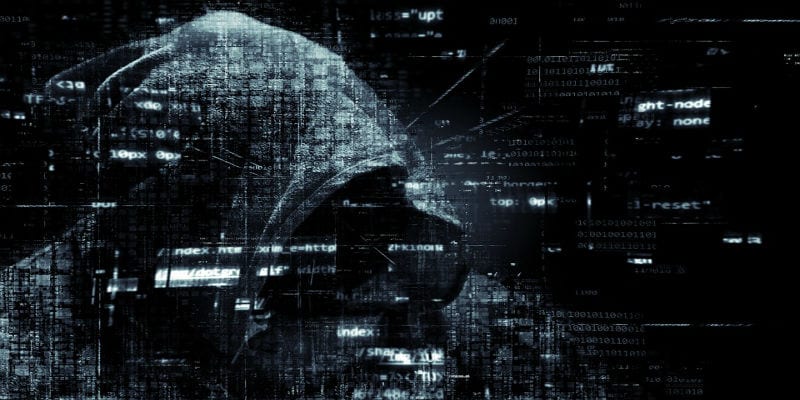How Your Business Can Avoid Paying Ransomware Attacks


How can your enterprise avoid paying ransomware attacks? What would it take to make ransomware attacks security blips instead of security tragedies?
Everyone, from the FBI to cybersecurity experts to the basic tenets of common sense, says that businesses should not pay the ransomware.
Criminals emulate other criminals; they watch what works and will replicate successes. They observe the behaviors of victims and law enforcement and will act accordingly. Hackers, as another breed of criminal, do the same. So when they see businesses paying millions of dollars to end ransomware attacks, ransomware attacks will increase and target more businesses.
In other words, paying ransomware attacks creates an environment in which ransomware proliferates. Worse, hackers are not renowned for their honor and accommodating personalities. For example, nothing stops them from accepting your payment and then just not giving the decryption key.
However, not paying ransomware attacks isn’t so easy to enforce.
There’s not a law that says businesses can’t pay the attackers, just an advisory. Additionally, many enterprises feel no choice but to pay up in the end. Crucial infrastructure and supply chain actors might feel an obligation to pay the ransomware as quickly as possible to prevent the suffering of their business partners and customers.
Moreover, every moment ransomware locks the IT environment and enforces downtime, the business bleeds money. Organizations may not be able to afford to wait for their IT security team to remediate the threat.
So what can you do?
How to Avoid Paying Ransomware Attacks
On the Front End: Endpoint Security
Endpoint security works to prevent ransomware on the front end of the enterprise’s digital presence. It provides next-generation antivirus and firewalls to help block ransomware from entering the network. Also, it provides email security, looking out for malicious emails which are a prime vector for ransomware infections.
With EDR, you can even observe potentially malicious activities on devices and immediately begin investigation and remediation activities; this helps prevent ransomware from spreading through the IT environment and conducting the full extent of its plans.
On the Back End, Backup and Disaster Recovery
Of course, you need to prepare for the worst. Even the most extensive and thorough cybersecurity platform can fail if the hackers have enough time, dedication, and tools. If ransomware locks up an IT environment, removing it can become a nightmare scenario. An ounce of prevention prevents a pound of cure, of course, but you still need to foresee if and when a cure becomes necessary.
Backup and Disaster Recovery Solutions, discussed in-depth on our sister site, help enterprises bounce back from ransomware attacks and other worst-case scenarios. They can recover their IT environment from a period in time before the attack, so long as they regularly update.
You need a full platform on both the front end and the back end to avoid paying ransomware attacks. But it’s not too late to take the necessary steps to protect your business. You can learn more in our Endpoint Security Buyer’s Guide and in the Backup and Disaster Recovery Buyer’s Guide.




















